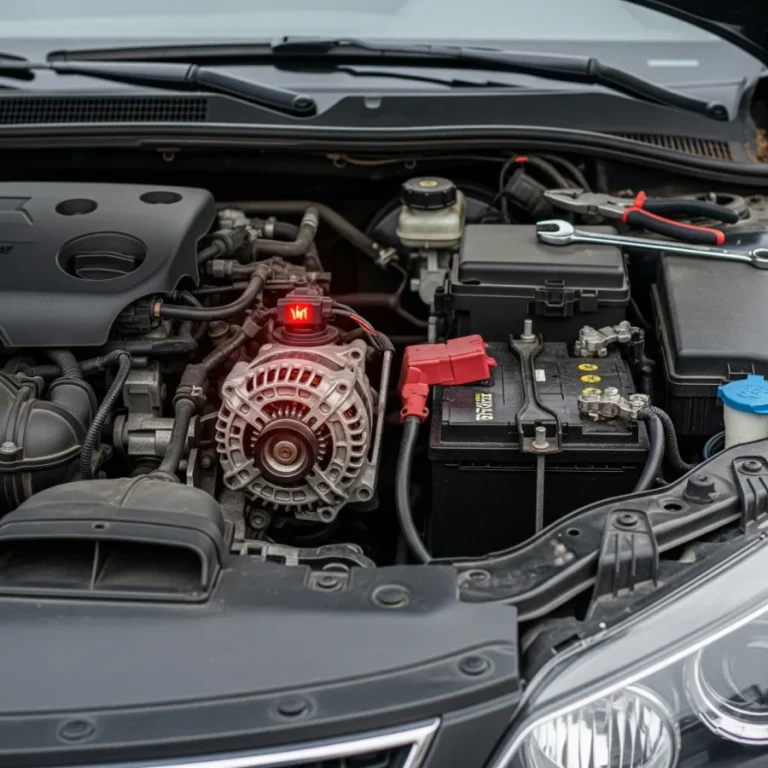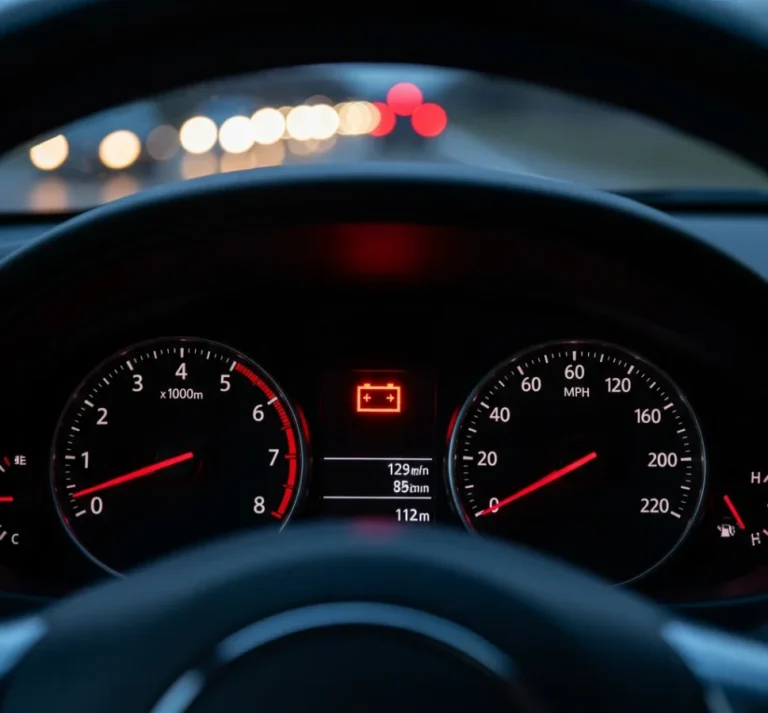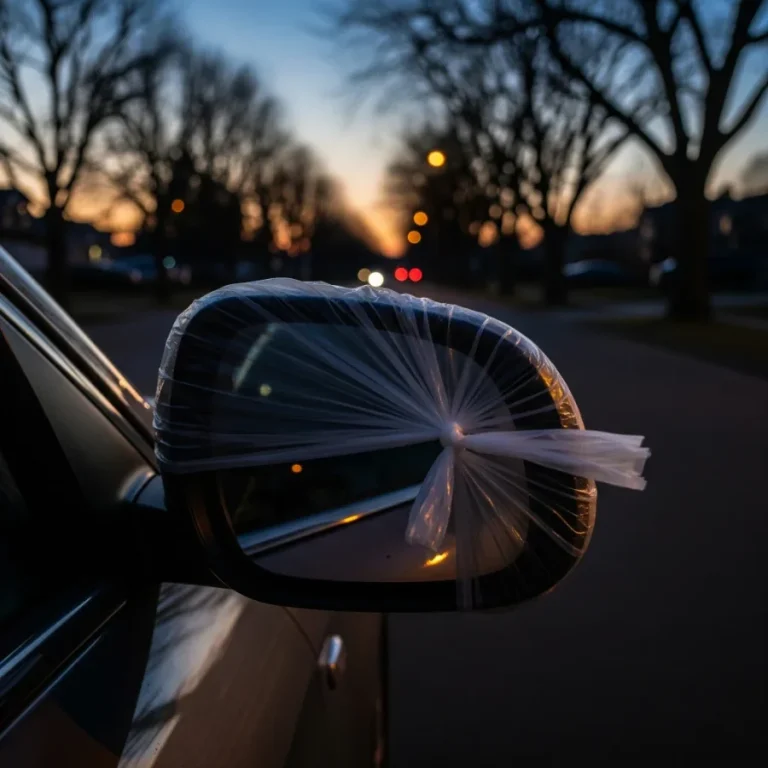How to Bypass an Ignition Switch and Start Your Car
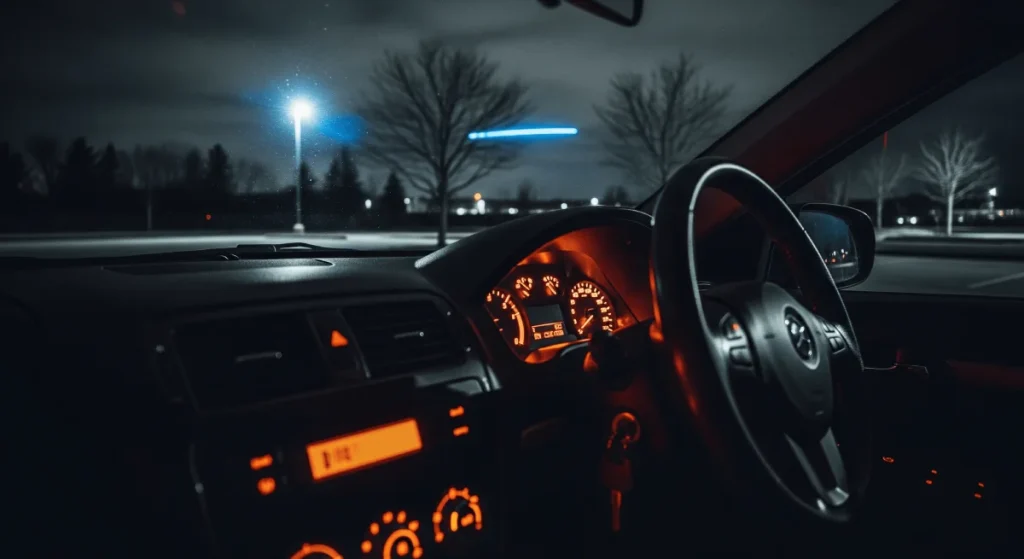
It was a cold Tuesday night when my phone rang. A client, Mark, was stranded in a nearly empty parking lot after a late shift. His car’s dashboard lit up, the radio worked, but when he turned the key… nothing. Just a dead, frustrating silence. He thought it was the battery, but the bright headlights told a different story.
Over the phone, I walked him through a few quick checks, and we quickly diagnosed the culprit: a failed ignition switch. He was miles from home, and the tow trucks were quoting a two-hour wait. In a pinch like that, knowing an old-school trick can be a lifesaver. I explained an emergency bypass procedure that got his engine running so he could get home safely.
That emergency trick is what I’m going to share with you today. As an ASE-certified Master Technician with over 15 years under the hood, I can show you how this works. But more importantly, I’ll show you how to do it safely. This is a temporary, last-resort fix, not a permanent solution.
Key Takeaways
- For Older Vehicles Only: The methods described here are generally effective on older cars (typically pre-2000s) that do not have complex anti-theft systems or chip keys.
- Safety is Paramount: You are working with your car’s live electrical system. Always disconnect the negative battery terminal before handling wires to prevent shorts, shocks, or damage to your vehicle’s computer.
- Modern Cars Need Professionals: If your car has a transponder key (chip key) or a push-button start, these bypass methods will not work. Your vehicle’s computer requires a specific digital signal that cannot be hotwired. In this case, your only option is a locksmith or a tow to a repair shop.
- This is an Emergency Fix: The goal of a bypass is to get you out of a tough spot. It is not a substitute for properly replacing the faulty ignition switch.
First Things First: A Crucial Warning on Safety and Legality
Before you touch a single wire, let’s be crystal clear. This guide is for you, the owner of the vehicle, in an emergency situation. Using these techniques on a vehicle you do not own is illegal. Period.
Modern vehicle anti-theft systems, governed by regulations like the Federal Motor Vehicle Safety Standards on Theft Protection, are incredibly complex for a reason. Bypassing them improperly can cause expensive damage.
Your safety checklist before you start:
- Confirm you own the vehicle.
- Work in a well-lit and safe area.
- Put the car in Park or Neutral with the parking brake fully engaged.
- Disconnect the negative terminal on your car battery.
Is Your Ignition Switch Really the Problem? 3 Symptoms of a Bad Switch
So, how can you be sure the ignition switch is the real culprit? Here are the most common signs:
- The key turns, but the car won’t start. You’ll hear a click, or more often, nothing at all, even though your lights, radio, and other accessories have power. This is different from a weak battery that causes rough running.
- Your car stalls while driving. A failing switch can lose its connection intermittently, cutting power to the ignition system and shutting off your engine. If your battery dies while driving, the cause is more likely your alternator, but a bad switch can mimic this symptom.
- The key won’t turn in the ignition. Sometimes the mechanical part of the switch, the lock cylinder, fails, preventing the key from moving at all.
If your symptoms match, and you’ve ruled out that your car won’t run without a battery, it’s time to proceed.
How to Bypass an Ignition Switch: 3 Emergency Methods
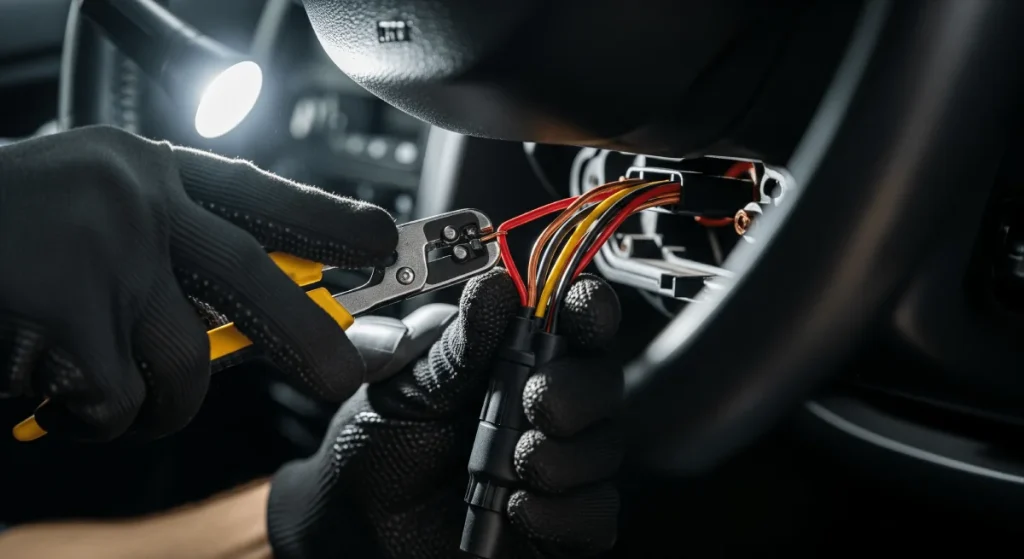
Remember, these methods are for older cars. If you’re unsure, it’s safer to assume your car is too new for this to work.
Method 1: Hotwiring at the Steering Column
This is the classic method you’ve probably seen in movies. It involves directly connecting the wires that the ignition switch normally handles.
Tools You’ll Need:
- A set of screwdrivers (Phillips and flathead)
- Wire strippers
- Electrical tape
Step-by-Step Instructions:
- Access the Ignition Switch Wiring: First, you need to remove the plastic covers around your steering column. There are usually a few screws on the underside. Once removed, you will see a bundle of wires leading to the back of the ignition lock cylinder.
- Identify the Key Wires: This is the hardest part. You’re looking for three main wires: the main battery power (usually a thick red wire), the ignition/accessory power (often brown or pink), and the starter solenoid wire (often purple or yellow). A vehicle-specific wiring diagram or TSB is the only way to be 100% certain.
- Power the Ignition: Carefully strip a small section of insulation from the main battery wire and the ignition wire. Tightly twist them together. At this point, you should see your dashboard warning lights turn on, just as if you turned the key to the “ON” position.
- Engage the Starter: Now, strip a small section of the starter solenoid wire. Momentarily touch this stripped end to the connected battery/ignition wires. This sends power to the starter motor, which will crank the engine. The engine should start.
- Remove the Starter Wire Immediately: As soon as the engine fires up, pull the starter wire away. Leaving it connected can destroy your starter. Use electrical tape to insulate the exposed end so it doesn’t short against anything. The engine will now stay running until you untwist the battery and ignition wires.
Method 2: Jumping the Starter Solenoid Directly
This method is a bit cruder but can be simpler if you can’t access the steering column wires. It bypasses the switch to crank the engine, but you still need to use the key to power up the ignition system.
Tools You’ll Need:
- An insulated screwdriver or a short jumper wire.
Step-by-Step Instructions:
- Turn the Key to “ON”: Insert your key and turn it to the “ON” position. This powers up your fuel pump and ignition circuits. This method will not work if the key won’t turn at all.
- Locate the Starter Solenoid: Pop your hood. The starter is a small motor attached to the side of the engine or transmission, and the solenoid is the smaller cylinder on top of it. You will see a thick cable from the battery and one or two smaller wires.
- “Jump” the Solenoid: Touch the blade of your insulated screwdriver across the two large electrical posts on the solenoid. You will see a large spark. This is normal. This action directly connects battery power to the starter motor, and the engine will begin to crank.
- Remove the Screwdriver: The instant the engine starts, pull the screwdriver away.
Method 3: Installing a Temporary Bypass Toggle Switch
If you need a slightly more stable temporary solution, you can wire in a switch and a push button.
Tools & Parts You’ll Need:
- A heavy-duty toggle switch
- A momentary push button
- Spools of 12-gauge wire
- Wire connectors
Following the same logic as hotwiring, you connect the battery wire to the toggle switch. The other side of the toggle switch connects to the ignition wire. This switch now acts as your key’s “ON/OFF” function. Then, you wire the push button to take power from the battery wire and send it to the starter wire. This button becomes your new “START” function. This is more involved and should only be attempted if you have some experience with automotive wiring.
Why You Probably Can’t Bypass a Modern Car’s Ignition
If you drive a car made in the last 20 years, especially a Toyota, Ford, Nissan, or anything with a push-button start, you’ve likely got an immobilizer system.
Transponder Keys and Immobilizer Systems
Your car key isn’t just a piece of metal; it contains a tiny radio transponder chip. When you insert the key, the car’s computer (ECU) sends out a request signal. The chip in the key sends back a unique, encrypted code. If the code is correct, the ECU allows the engine to start. Without this digital handshake, you can hotwire the starter all day, but the ECU will never allow the engine to fire.
The Challenge with Push-Button Start Systems
These are even more complex, using rolling codes and proximity sensors. There is no simple wiring to bypass. This is purely a job for a dealer or a well-equipped automotive locksmith.
Troubleshooting Common Problems After a Bypass
The Steering Wheel is Still Locked
Most steering wheel locks are mechanical and disengage when the correct key is turned in the cylinder. If your key won’t turn, you may need to carefully jiggle the steering wheel back and forth while trying to turn the key to release the pressure on the lock pin.
The Engine Cranks But Won’t Start
This is a classic sign of an active anti-theft system in a modern car. The bypass is cranking the engine, but the car’s computer is preventing fuel delivery or spark. You could also have a separate issue, like a bad fuel pump.
I Don’t Know Which Wires are Which
STOP. Guessing is a great way to fry your car’s computer, a very expensive mistake. If you can’t find a reliable wiring diagram for your specific year, make, and model online, do not proceed.
Frequently Asked Questions (FAQ)
How do you start a car with a bad ignition switch?
For older cars, you can bypass it by directly connecting the power, ignition, and starter wires under the steering column or by jumping the starter solenoid. For modern cars, you must call a locksmith or tow it to a shop.
When I turn the key, nothing happens but the lights work. What does that mean?
This is a classic symptom of a bad ignition switch, a failed starter, or a faulty starter solenoid. The battery is clearly working, but the power isn’t reaching the starter motor to crank the engine.
Can a car run without an ignition module?
No. The ignition control module is responsible for creating the spark that ignites the fuel. If the module is bad or unpowered (which can happen with a faulty switch), the engine will crank but will not run.
What is the best long-term fix for a bad ignition switch?
The only correct long-term fix is to replace the faulty component, whether it’s the electrical switch itself or the mechanical lock cylinder.
From the Mechanic’s Desk: Don’t Rely on a Bypass
Remember my client, Mark? He got home safely that night, which is exactly what an emergency bypass is for. But the very next morning, he booked an appointment to have a new ignition switch installed.
That’s the real lesson here. Think of this bypass guide as a first-aid kit for your car. It’s there to get you through a crisis, but it’s not a cure. The only safe, reliable, and correct solution is a proper repair. Drive carefully, and get it to a trusted mechanic as soon as you can.


